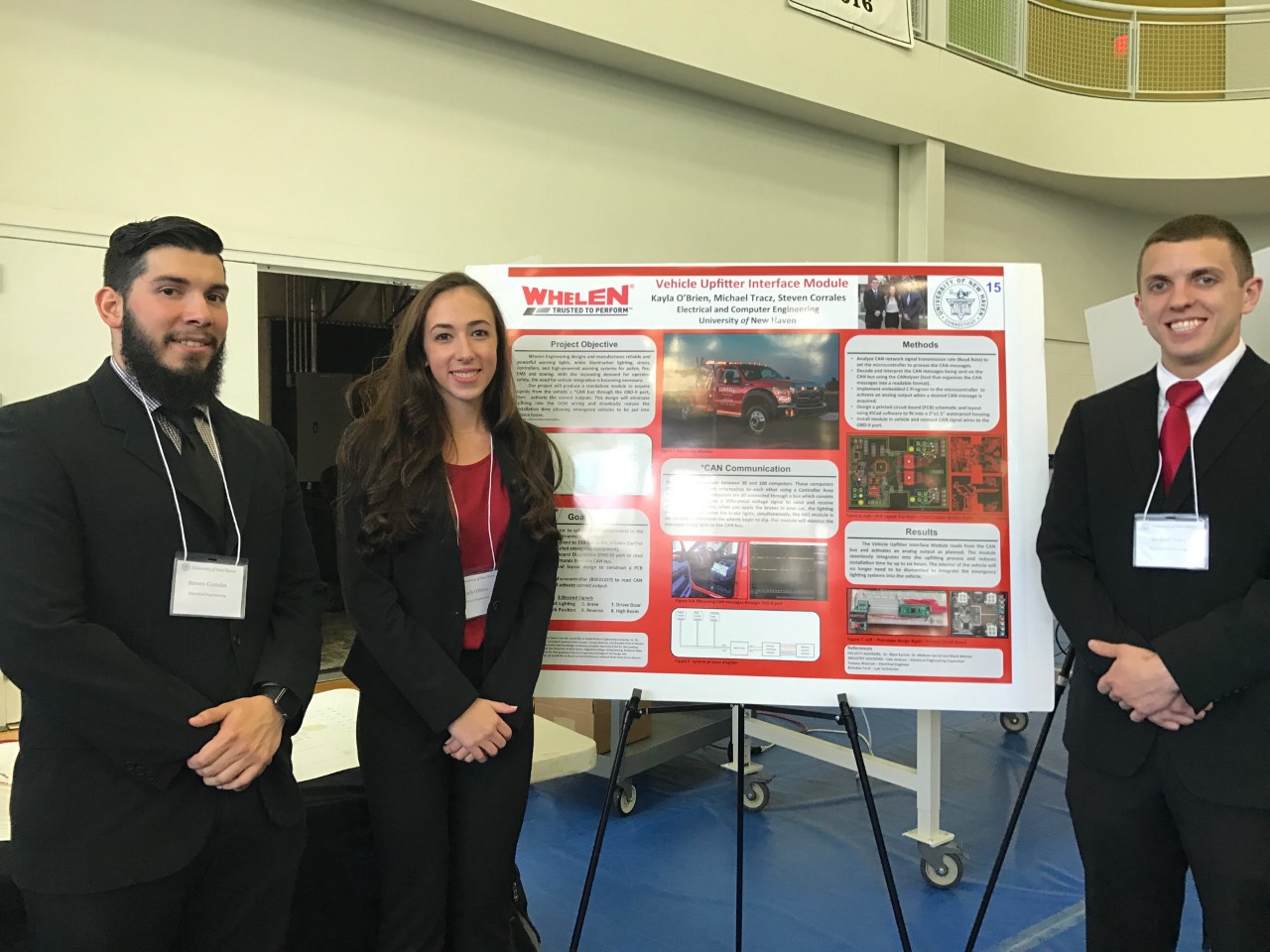For anyone celebrating Labor Day weekend, it was fair warning for all to watch out for power outages, strong beach currents, and gusty winds. However, the media coverage that had been devoted to Hurricane Earl, the Category 1 storm that had been ravaging the Eastern Seaboard, provided worries and concerns for a storm that was less turbulent than people thought it would be. After passing the outer banks of North Carolina, the hurricane was reduced to a Category 1 storm with winds gusting 85 miles per hour. The storm, which swept past Massachusetts, North Carolina, Delaware, and New Jersey, hit the East Coast with at least some loss of power, flooding, and blustery winds and is now making its way into Canada.

Meteorologist Steve Lang has cited the channel of low pressure air from the Midwest as the reason for the declining strength of the hurricane. The air has pushed the storm over the Atlantic ocean, disrupting the path and flow pattern of the hurricane. “The wind shear is tearing the storm apart, and there is no more heat in its core to drive it. The eye is falling apart,” said Lang. But even with the intensity of the hurricane dying down, fierce winds, high currents, and collapsed power lines are still anticipated throughout its path.
“This is a storm not necessarily to be afraid of, but we should respect the storm,” said Federal Emergency Management Agency Deputy Administrator, Rich Serino. Still, officials are wary of the situation and the possibility that the storm could turn around and hit people with something unexpected. “The public should continue to take precautions, including staying inside and off the roads during the storm,” Governor Deval Patrick said. “It’s Mother Nature and she changes her mind quickly.”













